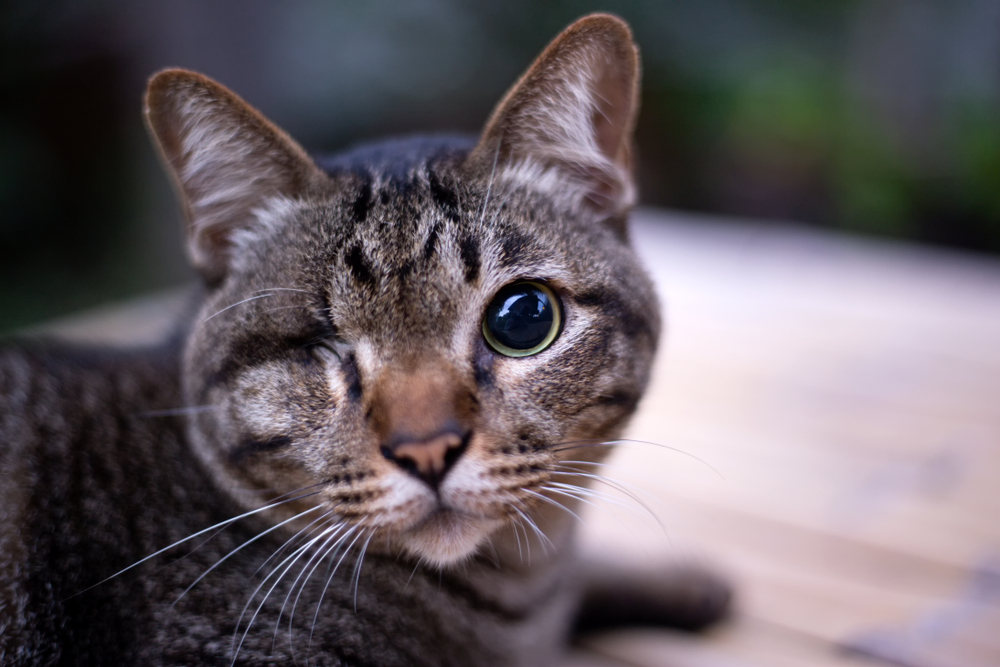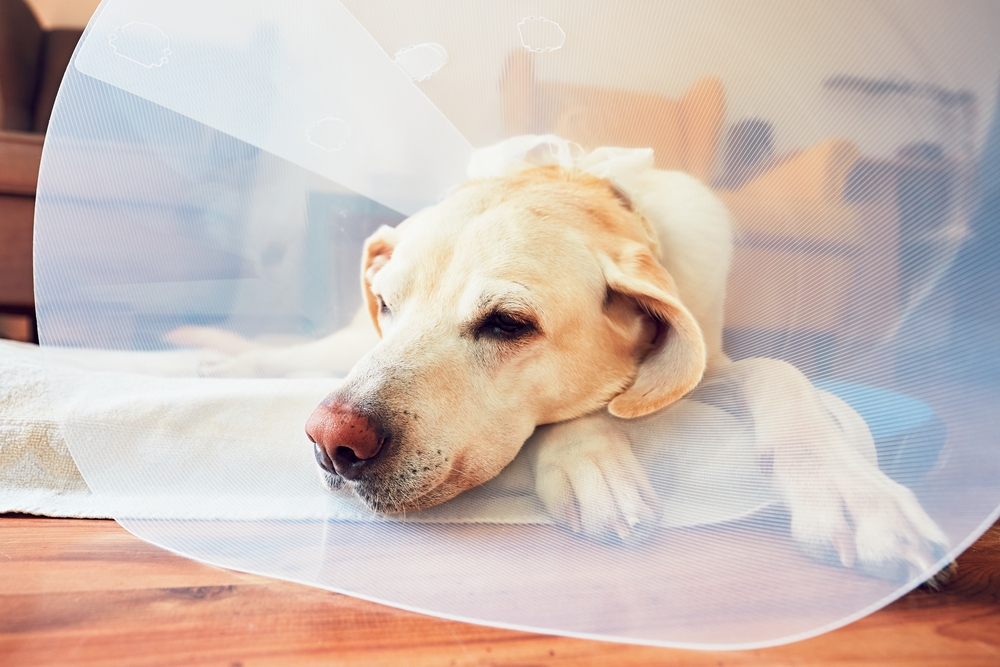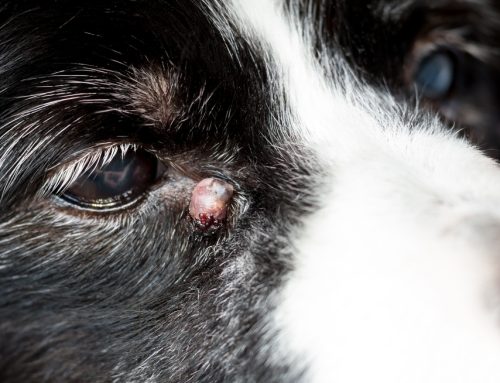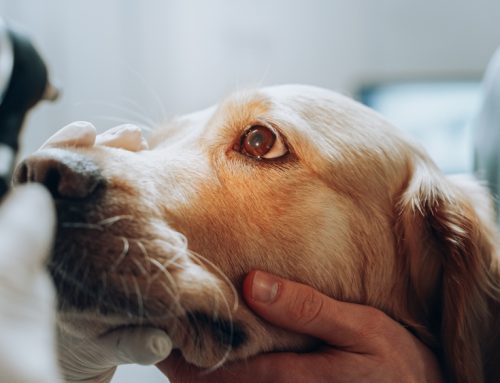Cataracts, which cause the eye’s lens to appear cloudy and opaque, can impact a pet’s vision to varying degrees. For pets with significant visual impairment, cataract surgery can effectively restore sight. The Veterinary Vision Center team guides pet owners through what to expect when their furry pal undergoes cataract removal, providing insights into the surgery and post-operative care.
Preparing your pet for cataract surgery
Your pet will undergo a thorough eye exam before surgery is scheduled to ensure they are a good candidate. If your pet’s cataracts formed quickly or have been present for a long time, complicating conditions could make surgery more difficult or less likely a success. If your pet’s eyes appear healthy enough for surgery, we run specialized retinal testing to ensure that vision will return following cataract removal.
For most pets, cataract surgery’s success rate is 80% to 90%, but this varies according to individual circumstances. Certain breeds, such as Boston terriers and Labrador retrievers, are prone to surgical failures because of post-operative complications. If your pet’s breed is high-risk, we’ll discuss surgery’s pros and cons and consider additional procedures, such as an anti-glaucoma laser treatment, that we can perform at the time of cataract surgery for an added fee to increase the possibility of success.
Most cataract patients are older or diabetic, which means they often have underlying medical conditions that can make anesthesia and surgery riskier than for younger, healthier pets. We will obtain a complete medical history and recent lab test results from your primary veterinarian, and discuss anesthetic risks with you and your vet. As long as your pet’s conditions are adequately controlled, which includes good glucose control in diabetics, we can usually move forward safely with surgery.
What happens during your pet’s cataract surgery?
Cataract surgery is delicate and requires that your pet remain completely still, so the surgeon can avoid damaging the inside of your pet’s eyes. Your pet will undergo general anesthesia and a neuromuscular blockade using a temporary paralytic agent to achieve the stillness. A team member will closely monitor anesthesia and place your pet on a mechanical ventilator to ensure safety throughout the procedure.
During surgery, our ophthalmologist makes an incision at the edge of the cornea where they can insert various instruments and work inside the eye. We use highly specialized equipment and machines to break up the cataract with ultrasonic energy and we remove the tiny pieces through a single handpiece. During the entire surgery, we ensure the eye remains normally inflated using special fluids.
When the cataract has been completely removed, we place a soft artificial lens in the empty lens capsule to help your pet focus light. The lens capsule cannot always accommodate an artificial lens, but your pet’s vision will still be markedly improved. When this step is complete, the surgeon sutures the corneal incision closed and administers a local steroid to help with inflammation.
Pet cataract surgery recovery
After surgery, a team member will sit with your pet until the anesthesia wears off and your pet is up and moving. Then, we place an Elizabethan (i.e., cone) collar to keep them from rubbing or scratching their eyes, which could damage their corneal incisions or cause an infection. Because cataract surgery causes intense inflammation inside the eye, we administer strong anti-inflammatories while your pet is in the hospital and ask that you continue them at home for several weeks. Your pet will go home with multiple eye drops and oral medications, which must be administered as prescribed, or your pet could have a poor outcome.
Because cataract surgery can lead to increased eye pressure, bleeding or inflammation inside the eye, glaucoma, or retinal detachments, we monitor your pet closely in the weeks and months following surgery. The first postoperative visit is usually scheduled for the day after surgery, so you may need to stay overnight in a pet-friendly hotel if you are traveling a long distance.
Long-term management after your pet’s cataract surgery
Cataract surgery is not a one-and-done process. Regular follow-up examinations will be scheduled to monitor your pet’s progress for the rest of their life. Although the immediate post-operative period carries the most risk for complications, vision-threatening issues can also develop months or years after surgery. The key to a successful long-term outcome is consistent follow-up care, so our team can detect and treat complications before they result in catastrophic vision loss.
Non-surgical cataract management in pets

Not all pets are good cataract surgery candidates and not all pet owners have the financial means or time to dedicate to their pet’s surgical and post-operative care. Cataract surgery is elective and comes with risks, which some pet owners may find unacceptable. Non-surgical treatments for cataracts cannot restore your pet’s vision, but they can help prevent complications from cataracts and ensure the eyes do not become painful. If medical therapy fails to control lens-induced inflammation and painful complications develop, eye removal surgery may be indicated.
Cataract removal surgery offers a promising solution for vision-impaired pets, and understanding what happens during the procedure and the importance of follow-up care ensures an optimal outcome. Schedule an appointment with the Veterinary Vision Center team if you have concerns about your pet’s vision or to discuss your pet’s candidacy for cataract surgery.







Leave A Comment